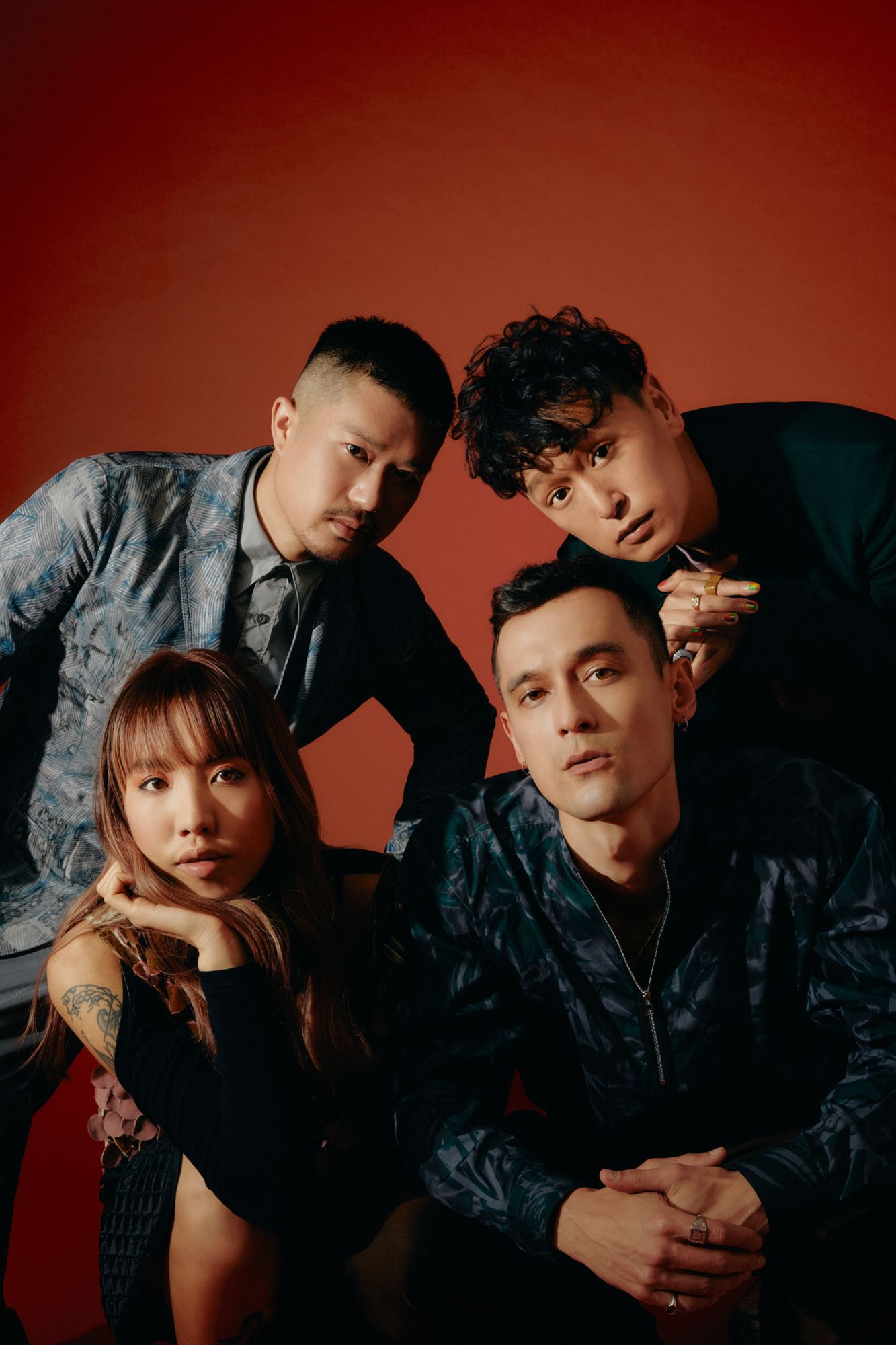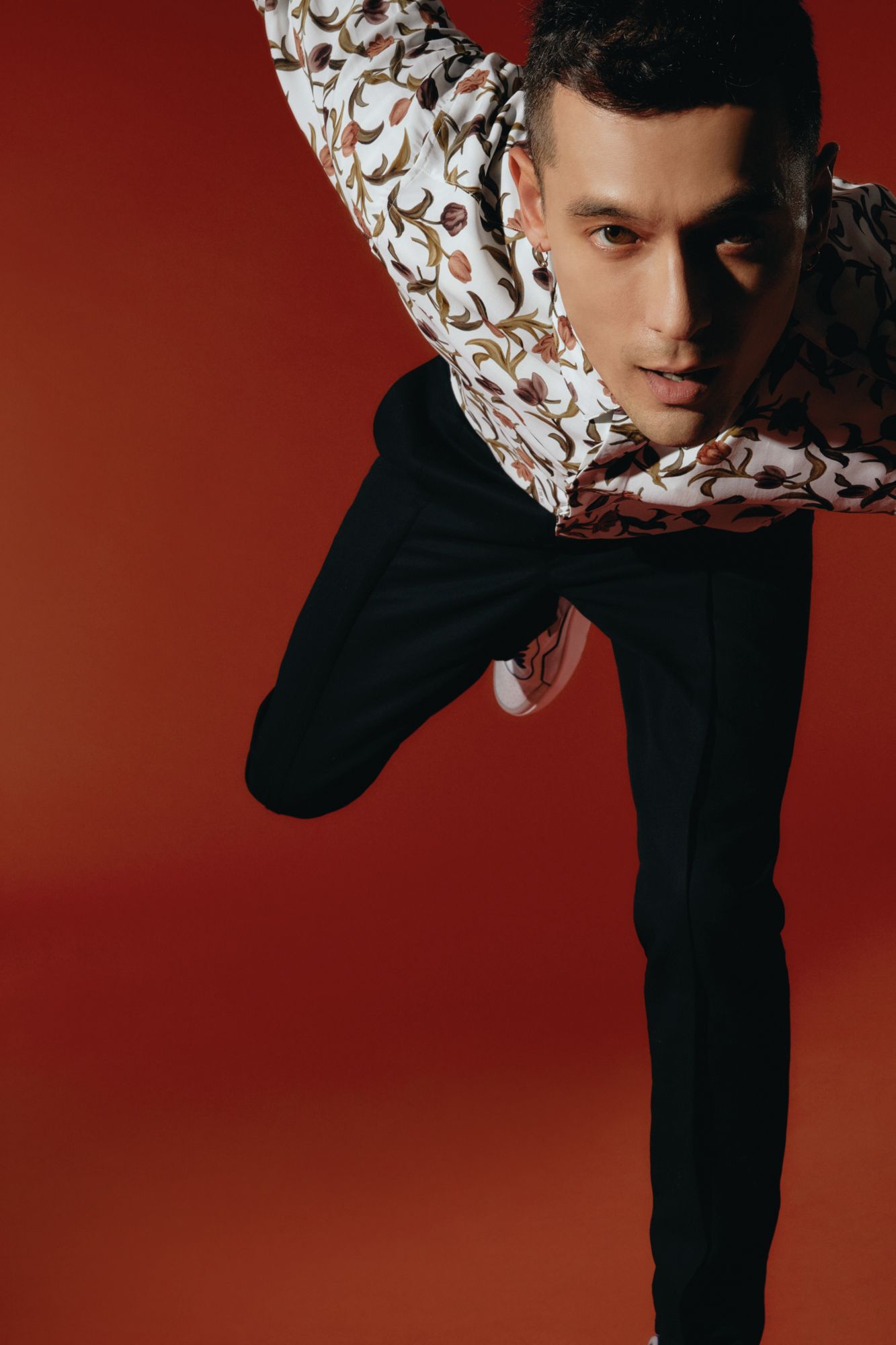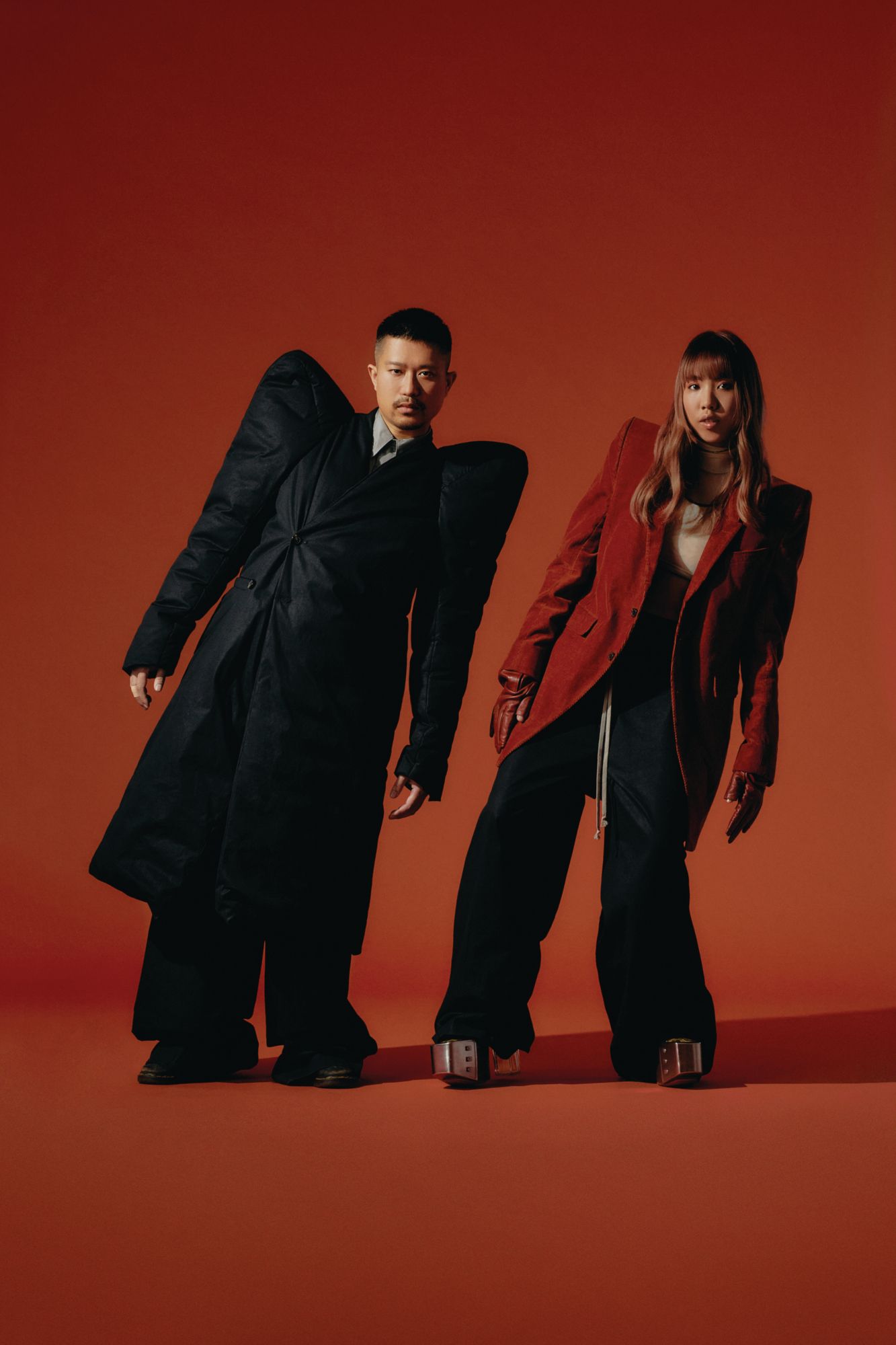They’re taking over your radio, your galleries and your retail spaces. Here’s why you should be excited about the future of culture in Hong Kong, after all
Culture in Hong Kong is not dead. In fact, in spite of all appearances, and the city’s rather unfair reputation as a cultural wasteland, it’s thriving. That is, if you know where to look—which, as it turns out, might be right under your feet.
“For a long time, Hong Kong culture was all about taking influence from the West,” says Tedman Lee, who, in the parlance of the moment, could best be described as a multimedia multihyphenate. “But in the last few years, people have really started to embrace homegrown talent. And with the internet and social media, it’s easier than ever to find art or music that speaks to you.”
See also: Introducing Asia's Most Stylish 2020: This Year's Best-Dressed List

Unapologetically Undefined
Lee, 34, is a fashion designer, a DJ, the founder of a creative agency and a party promoter. Recognisable by his signature curls, colourfully painted nails and deceptively moody demeanour—he’s easily one of the friendliest people you’ll meet in these circles—Lee is part of a socially well-connected wave of young adults who are approaching careers in creative fields without any set of expectations or parameters, or even a plan, and nevertheless having an outsized impact.
Other members of the movement include Arthur Bray, co-founder of clothing brand and music collective Yeti Out, and graphic designers Mildred Cheng and Ron Wan, whose practice is also difficult to pin down in ten words or less.
You might find them hosting a podcast on creativity one day and opening an alternative radio station that is literally underground the next, but the point is that you will always find them somewhere, sometimes together, doing something interesting.
Through various routes, these four undefinable professionals are redefining retail, art, music and nightlife in Hong Kong. Part of their success, compared to the experience of previous generations of cultural upstarts who existed mainly on the fringe, comes from the speed at which ideas can germinate thanks to social media and direct access to consumers.



